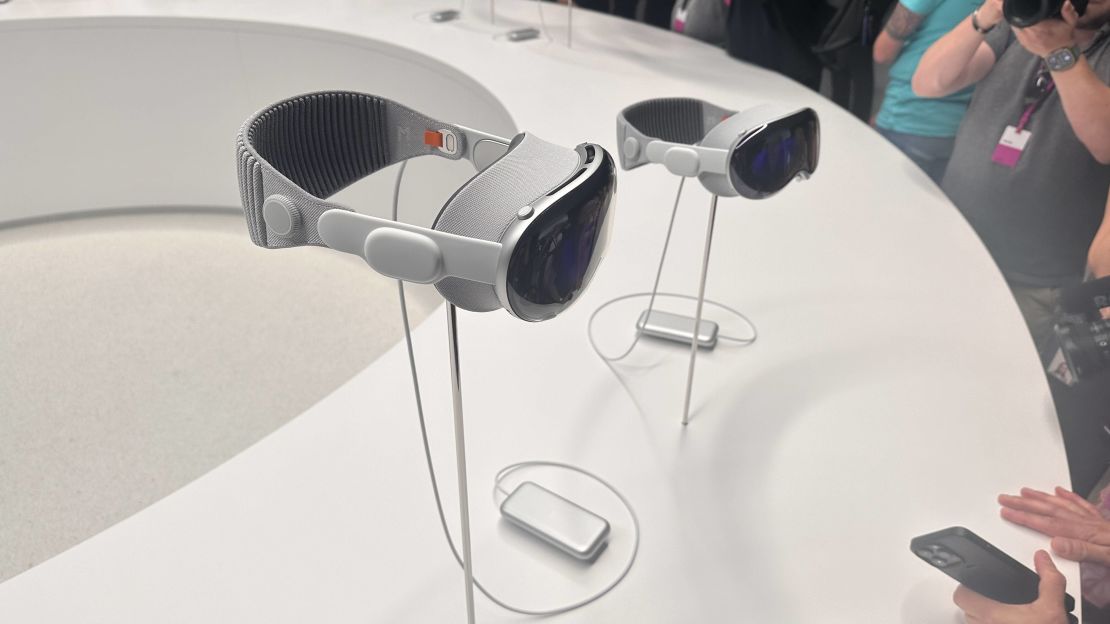Introduction
Virtual Reality (VR) has come a long way since its inception, evolving from a niche concept to a mainstream technology with the potential to transform various aspects of our lives. This article aims to provide an in-depth exploration of the current advancements in VR, covering both hardware and software innovations, applications across industries, and the societal implications of this rapidly evolving technology.
Evolutions of VR Hardware
Headsets:
- Overview of the latest VR headset models.
- Advancements in display technology, resolution, and field of view.
- Lightweight and ergonomic designs for enhanced comfort.
- Wireless capabilities and the move towards standalone VR headsets.
Controllers and Input Devices:
- Innovations in VR controllers for more intuitive and realistic interactions.
- Haptic feedback and the sense of touch in virtual environments.
- Integration of hand tracking technology for a more immersive experience.
Sensory Feedback:
- The role of haptics, providing a sense of touch and texture in VR.
- Advances in spatial audio for realistic 3D soundscapes.
- Integration of smell and taste sensations for a complete sensory experience.
Eye Tracking and Foveated Rendering:
- The significance of eye tracking in VR for improved graphics rendering.
- Foveated rendering and its impact on performance and visual quality.
- Potential applications of eye tracking beyond graphics optimization.

Source: CNN - Apple Vision Pro

Source: WIRED - Quest 2
Cutting-edge Software Developments:
Graphics and Rendering:
- Real-time ray tracing and its implications for VR visuals.
- Advancements in texture mapping and shading techniques.
- Integration of artificial intelligence for dynamic and adaptive graphics.
AI and Machine Learning in VR:
- Machine learning algorithms enhancing VR experiences.
- AI-driven content creation and personalization in virtual environments.
- Neural networks for predicting user behavior and optimizing VR interactions.
Immersive Environments:
- The development of photorealistic VR environments.
- Dynamic and interactive virtual worlds powered by procedural generation.
- Collaborative VR spaces for remote work, education, and social interactions.
Content Creation Tools:
- User-friendly VR content creation tools for developers and enthusiasts.
- 3D modeling and animation software tailored for VR applications.
- The democratization of VR content creation and its impact on innovation.
Conclusion
In conclusion, the advancements in Virtual Reality technology are reshaping the way we perceive and interact with digital environments. From cutting-edge hardware developments to innovative software applications, VR is unlocking new possibilities across industries and influencing societal dynamics. As we venture into the future, the intersection of VR with other emerging technologies is likely to redefine the boundaries of immersive experiences, paving the way for a new era of connectivity, collaboration, and creativity.


